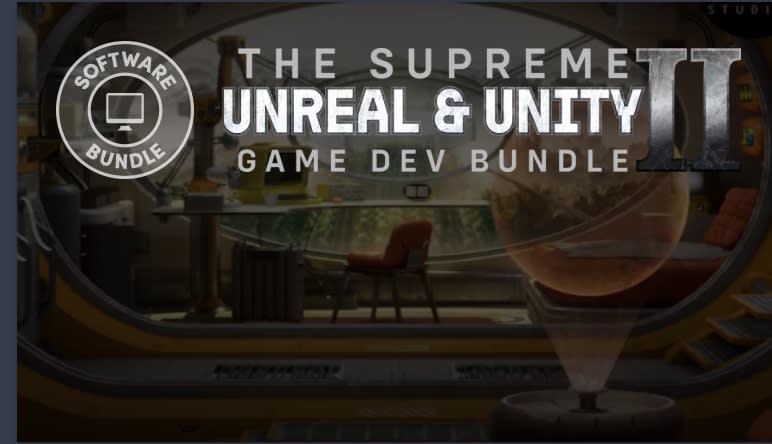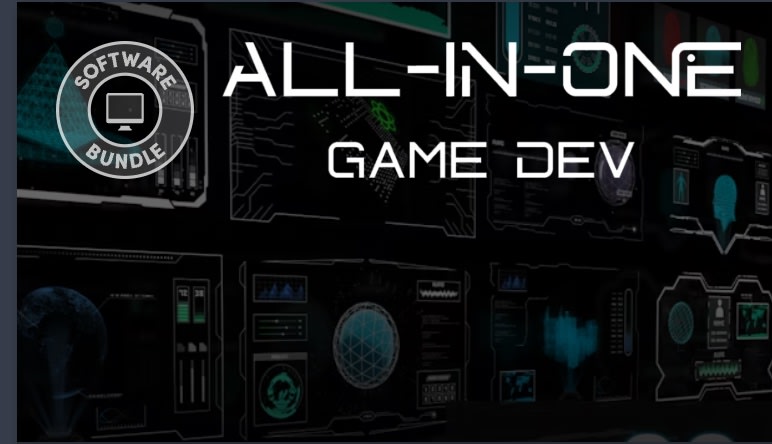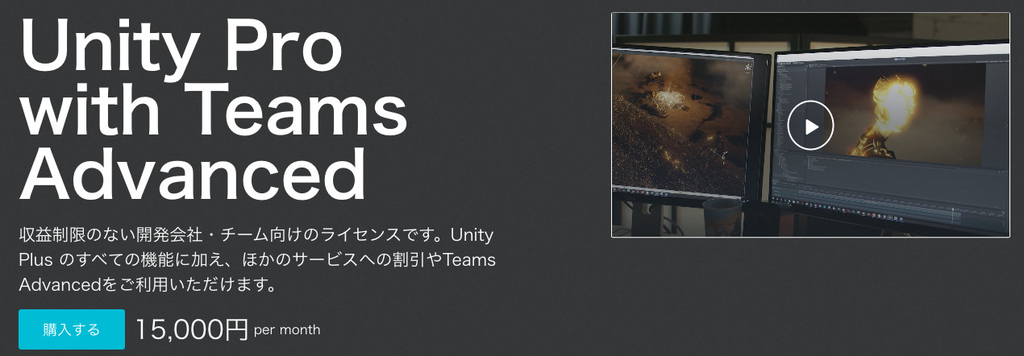
Editor tool that provides information on which assets reference which others in the project. Select one asset and open the references inspector to see which assets depend on it and its dependencies.Asset on sale, 20% off! Before 15$, now 12$. From Nov 27th to Dec 10th.Editor tool that provides information on which assets reference which others in the project. Just select one asset and open the asset references inspector, there you will see which assets depend on it and what are its dependencies on other assets. You can then click on any item of the list and navigate to it directly so you can see its references, and so on, in a very agile way.Asset deletion check: When you try to delete an asset in the project browser, it automatically checks if any other asset depends on it and shows a confirmation window that displays all the assets whose references would break. This feature is optional.Unreferenced assets: A separate window that lets you know which assets are not referenced at all in the project. It does not only check that the asset is directly referenced by other asset but also checks whether the asset is part of Addressables, Asset Bundles, project settings pre-loaded assets, scene build settings, Resources folder, Editor folder, Packages folder, etc. It allows filtering and deletion of assets in the same window.Ancestry: The inspector allows you to check all the asset's ancestors, which are the top most (normally unreferenced) assets in the hierarchy that have at least one dependency that references the selected asset. This may be useful to figure out which assets are making the selected asset to be included in a build or being loaded into memory.Deep inspection: Not only can you know who references an asset but you can also know where is the reference stored. Click on the magnifier button that appears over a reference and you will get a list of all the places where the reference is stored in the referrer, this means in which objects of its internal hierarchy, in which components, in which fields... So you do not have to waste time looking for it. This also works when the referrer is a scene, a material, a model, etc. (see technical details).More information:The references inspector can be open by pressing F12 (change it as you want).Selecting a prefab instance in a scene will make the reference inspector to check its prefab asset.SteamingAssets and Addressables folders are skipped.It is possible to lock the inspector so you can select other assets without changing the content of the window.The inspector can show the preview image of the prefabs, optionally.It is possible to exclude folders from the checks.It is possible to exclude file extensions from the checks.The GUID of each reference can be displayed, optionally.When navigating in the asset references inspector, you can jump back and forth using the arrow buttons.Little UI customization.In order to work, a database file has to be created the first time the inspector is installed. Just press the Gather button and the file will be created at the Library folder.Regarding performance in editorIf automatic update of the references database is enabled, the system needs to react to every change in the Unity asset database which implies that some code will be executed every time you rename or move an asset, change its content, create it or delete it.If deletion check is enabled, it will gather all the assets that depend on the asset being deleted, before showing the confirmation window.In any case, the executed code is trivial.Using addressablesIf you want any addressables-related feature to work properly, you need to add the preprocessor definition ASSET_REFERENCES_INSPECTOR_USE_ADDRESSABLES in Edit --> Project Settings -> Player -> Script compilation.Deep inspectionThis feature will create a list of paths whose root is the referrer asset and describe an easy way to find the referred object in the hierarchy and data structures of the referrer. For example, if Prefab3 is instantiated inside Prefab2, which is instantiated inside Prefab1, its path will be Prefab1->Prefab2; if the prefab is referenced in a Component of another prefab, the path would be Prefab.field. There are many combinations and types, some of them will also produce extra information next to the path. This is a summary of what the feature can find:Ancestors in a GameObject hierarchy, inside both a prefab or an scene (it will open the scene to search).Serialized fields or public properties (recursive). It includes arrays and Lists (shows the element index). These fields are inspected in GameObject's Components, in internal serializable class instances and in ScriptableObjects.GameObject's Components referenced in others' fields.Prefab variants.Shader input textures in a Material (shows sprite subasset name and shader name).Secondary textures in sprite (shows the name of the shader parameter).Assets in ParticleSystem modules (shows sprite subasset name).AnimationClips in Animator (shows their layer, state machine and state).Sprite subasset in AnimationClip (shows bound property and keyframe).Assets of models referenced by others, or assets referenced by models / imported meshes (it shows the name of the affected resource in the model).Objects in Button's onClick events.Known limitations:Can't check assets stored inside assets like ScriptableObjects.Can't check Tiles in Tilemaps.Can't check sub-Sprites.








